Taekwondowon Observatory (태권도공원 전망대)
0m 17350 2024-04-07
1482, Museol-ro, Muju-gun, Jeonbuk-do
+82-63-320-0114
Taekwondowon located in Muju-gun, Jeollabuk-do, serves as a main center for the 60 million taekwondo practitioners in 182 countries worldwide. Covering an area of 2.31 million square meters, the park combines the traditional and modern style in their buildings.
Taekwondowon (국립태권도원)
4.854674308158476m 26213 2024-04-06
1482 Museol-ro, Seolcheon-myeon, Muju-gun, Jeonbuk-do
+82-63-320-0114
Taekwondowon is a training facility designed for practitioners of Taekwondo worldwide. It features the National Taekwondo Museum, a theater, and an arena, offering 45 diverse programs. Serving as a space for the practical application of Taekwondo's fundamental tenets of body, mind, and spirit, it welcomes anyone interested in Taekwondo to participate in its programs.
Bandi Land (무주 반디랜드)
1.8 Km 25024 2024-04-07
1324, Museol-ro, Muju-gun, Jeonbuk-do
+82-63-324-1155
Geared mainly towards children, Bandi Land is an excellent place to learn about and experience fireflies and other insects. It is comprised of Insect Museum, Firefly Research Center, Youth Campground, Log Cabin, and Firefly Habitat.
Located inside of Bandi Land, Muju Bandibyeol Astronomical Science Museum teaches various stories about space, including the birth & history of space, the solar system, constellations, and space circumstances. The Environment Theme Park also has exhibitions related to fireflies, an indicator insect proving Muju is a clean area, and other local insects, perfect for educational trips.
Muju Firefly Festival (무주 반딧불축제)
1.9 Km 83152 2024-04-07
326-14, Hanpungnu-ro, Muju-gun, Jeonbuk-do
+82-63-324-2440
The Muju Firefly Festival takes place every fall in the pure environment of Muju, a natural habitat for fireflies and the marsh snails the fireflies feed on. The festival offers many attractions and activities to learn more about the beautiful nature and creatures that live in it.
Rajetongmun Gate (라제통문)
2.1 Km 25126 2024-04-07
Rajetongmun-ro, Muju-gun, Jeonbuk-do
+82-63-322-2905
The historical border of the Silla and Baekje Kingdoms, Rajetongmun Gate of Seolcheon-myeon, Muju was formed from a rock cave in Seokgyeonsan Mountain. The tunnel is approximately 3 meters in x_height and 10 meters in length, and divides the villages of Sindu Maeul into Dugil-ri, Seolcheon-myeon and Inam Maeul in Socheon-ri. During the Three Kingdoms Period, the rocky ridges of Seokgyeonsan Mountain drew the boundary of Silla's Mupung in the east with Baekje's Seolcheo to the west.
Tracing the history from the Three Kingdoms Period to the Goryeo dynasty, the cultures and traditions of the two regions were markedly different. If curious about the difference, one could simply stop by Seolcheon on market day, where the Muju and Mupung local
dialects and customs can easily be distinguished.
People used to cross Seokgyeonsan Mountain by a footpath along the rocky ridge to travel between Seolcheon and Mupung. During the Japanese occupation, a new road was created by turning a cave into a tunnel through the mountain so cows and horse carts could freely pass from Muju to Gimcheon.
General Kim Yoo Shin from the Silla Kingdom, the hero of unification of the Three Kingdoms, often passed by the gate, later giving rise to the gate's nickname, Tongilmun (literally "Unification Gate"). The gate
is number one on the list of 33 scenic sites in Gucheon-dong.
Old Walls of Jijeon Village in Muju (무주 지전마을 옛 담장)
3.5 Km 21996 2024-04-07
13, Gilbonji-gil, Muju-gun, Jeonbuk-do
+82-1899-8687
The Old Walls of Jijeon Village in Muju were mostly all built to mark the dividing line between houses, rather than to keep people out. The walls started out using mud and natural stones, but later changed to more square-shaped stones held together with cement and topped with Korean roofing tiles. The wall blends in harmony with the traditional houses of the village and the slowly flowing Namdaecheon Stream.
Domaryeong Pass (도마령)
6.6 Km 30236 2024-02-26
Jodong-ri, Yonghwa-myeon, Yeongdong-gun, Chungcheongbuk-do
Domaryeong Pass is an 800 m-long pass at the foot of Minjujisan Mountain, connecting the Hwanggang-myeon area of Yeongdong-gun with Muju. The name of the pass, "Doma," refers to how a general with a sword (do) had crossed over the pass on a horse (ma) in the past. This curving road is quite famous as a destination for drives. One can get a bird’s-eye view of the pass and the curving road from the Sangyongjeong Pavilion at the top of the pass.
Muju Meoru Wine Cave (무주머루와인동굴)
8.7 Km 35893 2024-04-07
359, Sanseong-ro, Muju-gun, Jeonbuk-do
+82-63-322-4720
Muju Meoru Wine Cave is surrounded by a beautiful natural landscape and various cultural heritages. The wine tunnel used to be an excavation working site to build the Muju Water Power Plant. The cave makes for an ideal place to mature and store wine as it blocks light and maintains a consistent temperature. Visitors can enjoy the taste and charm of sanmeoru (wild grape) wine and also experience a unique wine foot bath.
Mulhangyegok Valley (물한계곡)
10.0 Km 21914 2020-08-28
Sangchon-myeon, Yeongdong-gun, Chungcheongbuk-do
+82-43-743-4301
The waters that carved Mulhangyegok Valley in Yeongdong, Chungcheongbuk-do originate in the upper reaches of the Hancheon Village stream. In summer, many tourists visit the valley while the nearby Minjujisan Mountain, Samdobong Peak and Gakhosan Mountain are popular among hikers year-round. The scrub, azaleas and royal azaleas along the ridges display their magnificent beauty throughout the year. There are many waterfalls and small pools along the valley, including Oksopokpo Falls, Uiyonggolpokpo Falls and Eumjuampokpo Falls. The harmonious valley contains Janggun Rock, many thick forests and even swamplands, offering a wide array of spectacular and splendid sights.
Jeoksangsan National History Archives Site (적상산사고지)
10.1 Km 22463 2024-04-07
960, Sanseong-ro, Muju-gun, Jeonbuk-do
+82-1899-8687
During the Imjin War (1592-1598), many of the National Archives in the capital and the surrounding area were burned down. After this, the archives were duplicated and stored in a variety of locations thoughout the county. The National Archives of Jeoksangsan Mountain was founded in 1614, when important national archives were moved from Myohyang Confucian Academy, with others being added in 1641. This national archives site served a very important role throughout over 300 years of Korea’s history, until it was closed by the Japanese during the Japanese occupation.
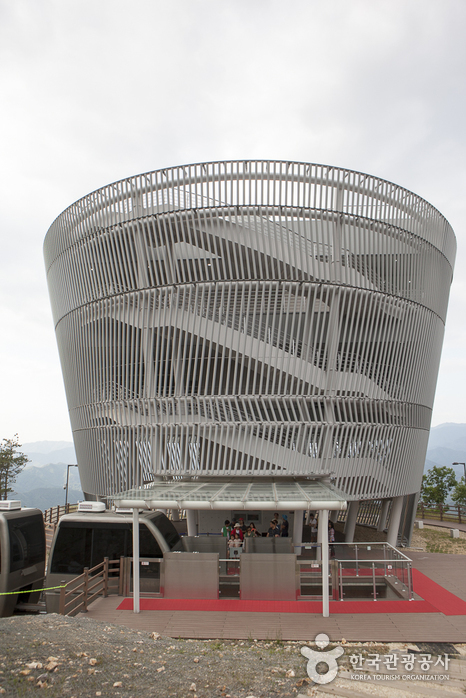
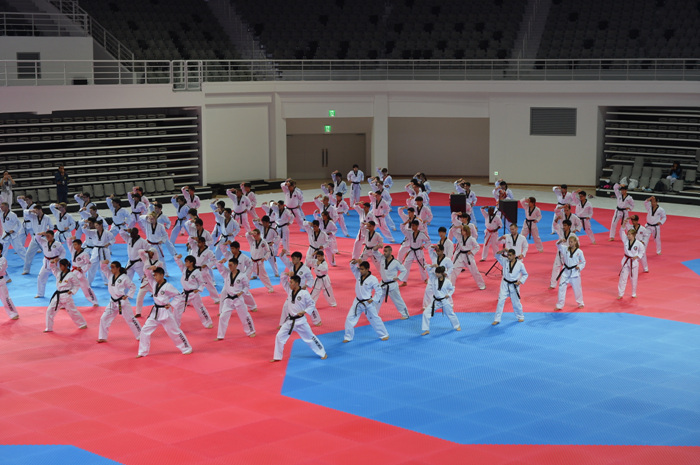
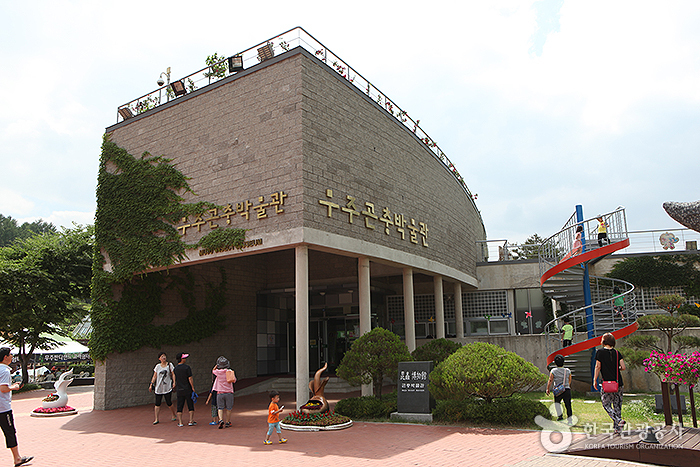
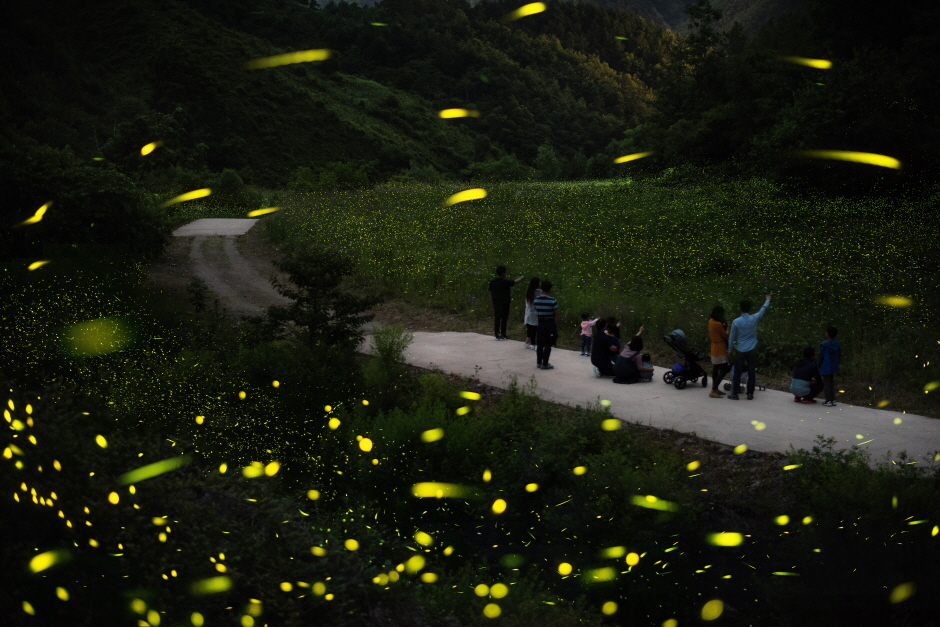
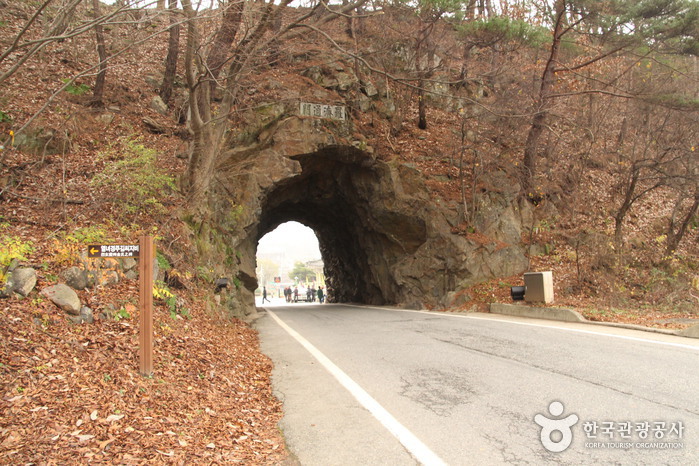
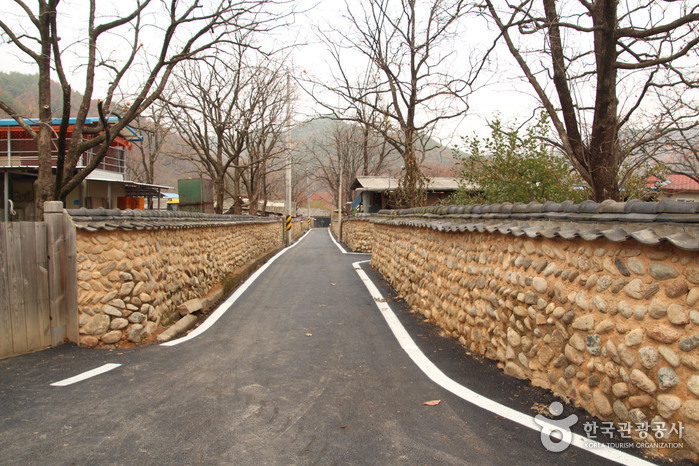
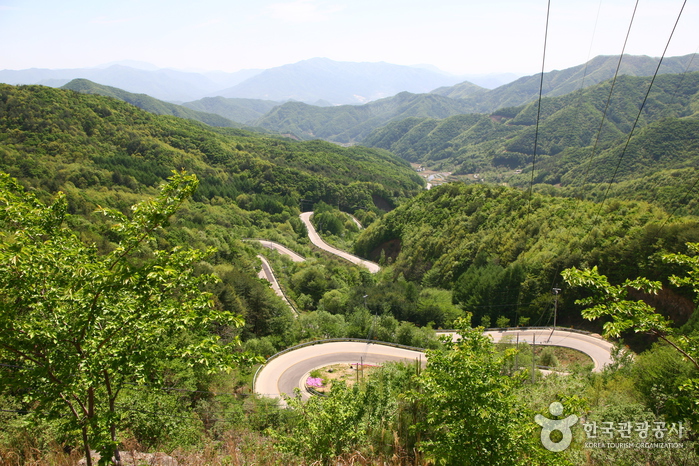
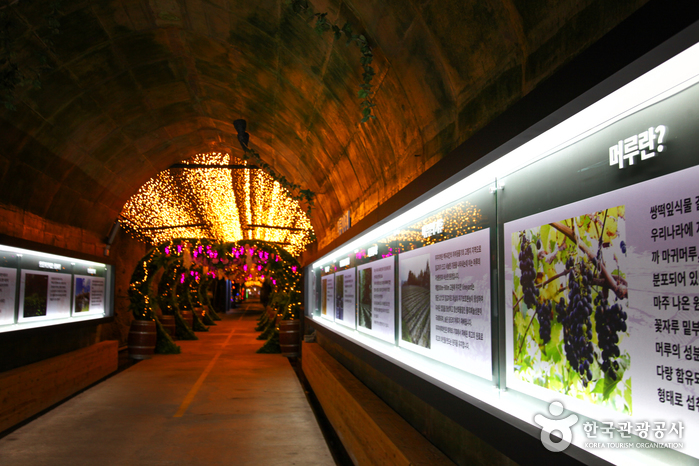
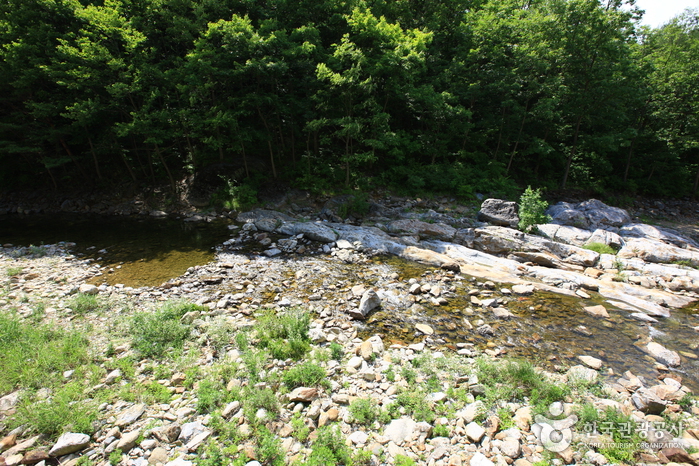
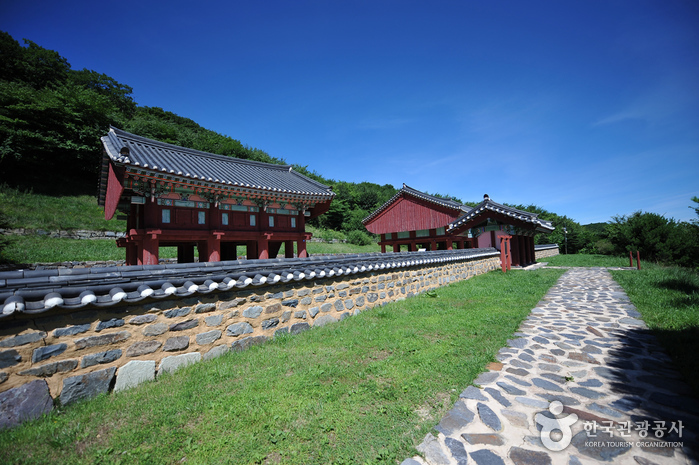
 English
English
 한국어
한국어 日本語
日本語 中文(简体)
中文(简体) Deutsch
Deutsch Français
Français Español
Español Русский
Русский